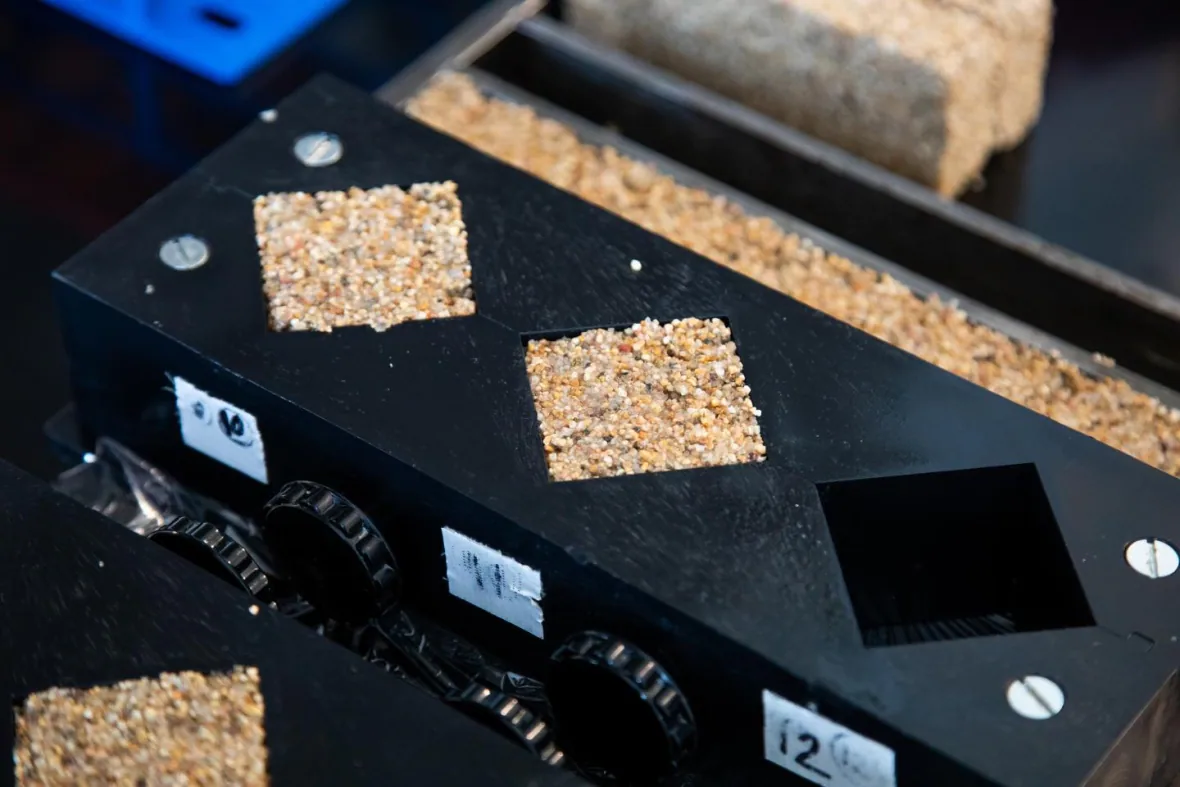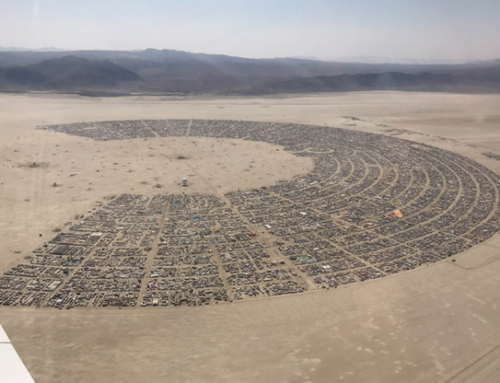The fusion of biology and architecture, bringing life into our buildings is incredibly fantastic. At first it may be a new concept and seem strange to many people, but when we pause and look we see in fact that that’s exactly what mother nature has also already been doing, transitioning it’s building blocks from inanimate structures and molecules to biology; that’s how we have the beautiful world that we’re a part of in this very moment.
Concrete is the most widely used man-made material on Earth, but its production has a massive carbon footprint. Cement making is extremely energy intensive and releases large amounts of carbon dioxide. The United Nations Environment Agency has called out for “dramatic action” to reduce this footprint in order to limit global warming. “In our system, we’re using no cement and we’re actually using an organism that thrives on carbon dioxide to manufacture the materials,” said Srubar. Srubar is an assistant professor of engineering at the University of Colorado at Boulder, and led the work. (1)
- How it works: “In traditional concrete, sand and aggregate are bonded together with cement. In this biological concrete, photosynthetic cyanobacteria take the place of cement. The bacteria use carbon dioxide from air to produce a material similar to limestone that glues together sand particles, making robust building blocks. “The photosynthetic cyanobacteria that we use takes CO2, and some nutrients, and they biomineralize,” said Srubar. “It’s similar to the process of making seashells in the oceans.” “And so it, in effect, creates tiny limestone particles as the glue in our brick.” Srubar said.
- Another benefit of using bacteria for concrete is that it can be self-healing, and can replicate itself. Srubar’s team found that when they split a brick in two, they could cause the broken brick to grow in a mould by adding more sand and nutrients — the cyanobacteria would proliferate by themselves. They were able to continue to “grow” new bricks from broken fragments of their biological bricks. (1)
A team of American researchers has developed a new kind of biological concrete that could redefine what we mean by “green buildings.” The concrete, developed by researchers at the University of Colorado, Boulder, uses bacteria as a binder. This leads to a material that can grow and even heal itself — much like a living organism.”When we finally hit on a solution that brought the brick to life it really was an ‘aha’ moment,” said Wil Srubar in an interview with Bob McDonald on Quirks & Quarks. (1)
Mother nature from what we can see in the universe is all about relationships, and life has been part of the most interconnected and relationship based things out there in the universe. We humans also love relationships such as with other people that we love, or our pets, even people we dislike give a kind of priceless meaning to our lives. Perhaps connecting with our homes and the buildings around us in a deeper more personal way will not only unlock potential to be able to have them change and adapt as we require necessary but also fulfill a need we very much feel but never expected to find in the shelters we build.
References:
1: https://www.cbc.ca/radio/quirks/jan-25-intermittent-fasting-the-math-of-espresso-biological-bricks-and-more-1.5438088/bringing-biology-to-bricks-concrete-details-on-how-to-grow-building-materials-1.5438097



